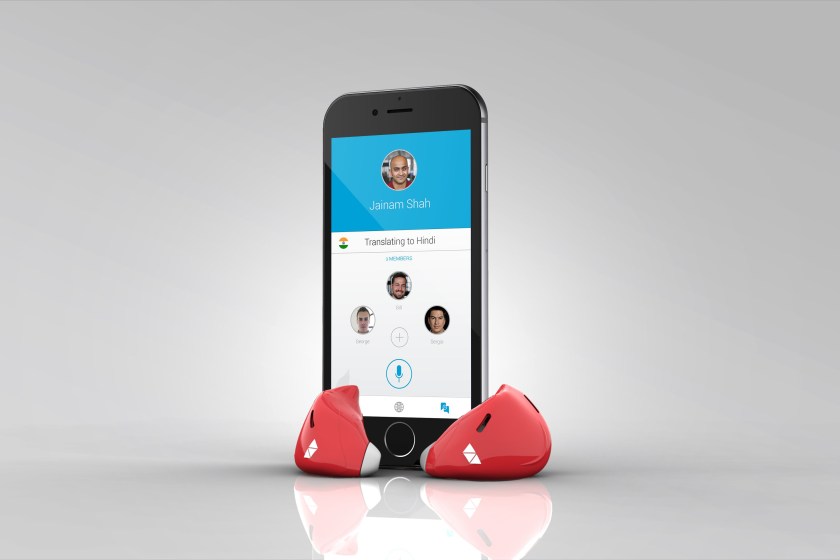
The most powerful part of crowdfunding is the democratization aspect of it. Nearly any product could be brought to market if there were enough people out there willing to buy it—no matter how unfeasible it might seem. Such was the case this past September, when startup Waverly Labs raised $3 million on crowdfunding platform IndieGoGo for its real-time translation earbuds.
Called Pilot, the device is so innovative that many in the industry are dubious as to whether the technology behind the wearable actually does what is says it will: say, translate a Spanish- or Italian-speaker’s words into someone’s ear in English. Yet amid swirling rumors of smoke and mirrors, the company managed to raise 3,000 percent of its original goal. Clearly, there’s a lot of people eager to get their hands on it despite little information given other than the concept.

So, how does the tech actually work? Well, that’s not actually clear and is part of the reason why tech reporters and venture capitalists are hesitant to drink the Kool-Aid. According to a press release from Waverly Labs, the Pilot uses “the latest technologies in speech recognition, machine translation, and wearable technology to allow users to converse without language barriers.” The earbud isolates the conversation from background noise, using two noise-canceling microphones, and then translates the speech using its own app (which was scheduled for release in October, but hasn’t hit the market at press time).

With the $299 Pilot set for release in the spring of next year, its app already delayed, and few specs provided, some are wondering whether the device—which has drawn comparisons to the fictional “Babel fish” from The Hitchhiker’s Guide to the Galaxy—is an elaborate marketing scam.
Waverly Labs admits the wearable tech has a small delay (around two to three seconds); can only translate speech processed through its app; and decode five languages (English, French, Spanish, Italian, and Portuguese).
But the company’s chief executive officer, Andrew Ochoa, came to his company’s defense in Forbes: “We’re not hucksters. We want to be transparent. This thing isn’t the Babel fish; it is only going to work in certain conditions.” So, maybe it’s not as groundbreaking as the video above makes it seem, but if the device works, it would certainly facilitate communication between groups that normally could not do so.
Either way, a world with a working Pilot would be an exciting one.
This article was featured in the InsideHook newsletter. Sign up now.






















